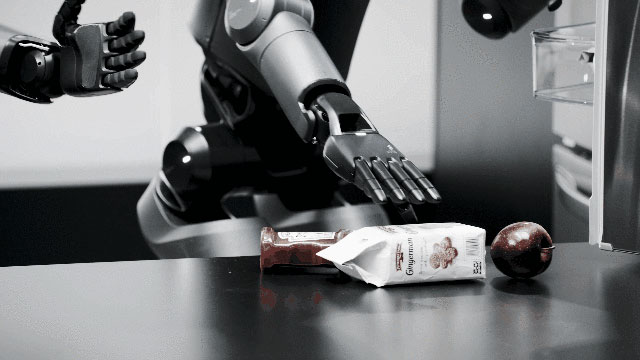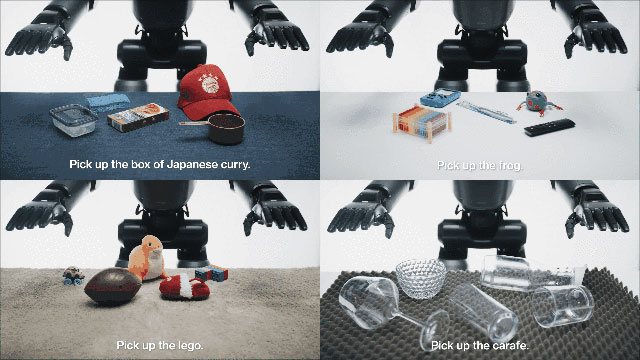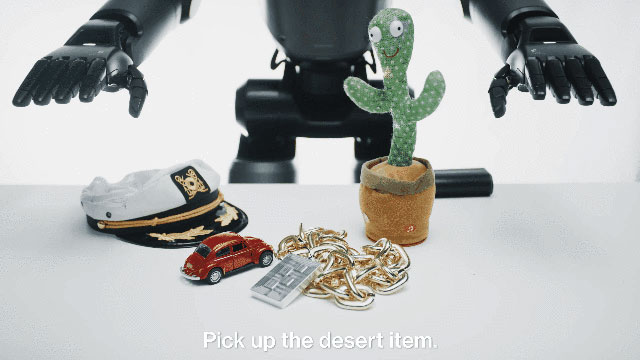Brett Adcock, the founder of Figure, stated that the team spent over a year developing Helix, which allows humanoid robots to grab almost any household item without any training or coding.

Brett Adcock, founder and CEO of Figure, stated that with the help of the brain Helix, robots can pick up any household item.
This is thanks to Helix’s full control over the upper body of the robot, which includes the wrist, torso, head, and various fingers, enabling high-speed continuous control of the robot’s upper body.

In terms of controlling the upper body of the robot, Helix can coordinate a 35 degree of freedom motion space at a frequency of 200Hz, making the movements of the robot’s upper body from fingers, wrists to head smooth and efficient. There are unique challenges in controlling the head and torso – when the head moves, it will change the robot’s contact distance and line of sight, which in the past caused instability of the robot.

Figure shows that Helix achieved strong generalization ability with minimal resources, using approximately 500 hours of high-quality supervised data to train Helix, which is only a small portion (<5%) of the previously collected VLA dataset, and does not rely on robot entities to collect data or multi-stage training.
